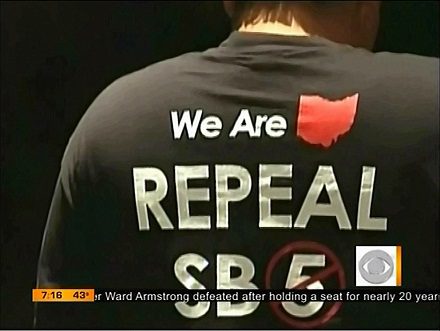
NYS 2016 Rates Approved
NYS 2016 Rates Approved
The rate requests for 2016 marked the first year in which insurers could rely on actual data from exchange enrollees. In many cases, insurers participating in exchanges in other states requested double-digit rate increases. New York is the second-largest state to receive final approval of its rate requests. Earlier this week, California insurance regulators approving an average rate increase of just 4 percent.
To the relief of customers of industry leader Oxford/UnitedHealthcare the rate increase for groups will be 3.9 to 6.5%. Importantly, the rates are a collective average and may range depending on one’s particular health plan. Additionally, Helath Insurers can opt to tweak or remove plans. Reminder: be sure to check back again our site in 30-60 days. Rates will be posted upon Health Insurer’s release. Also 2016 Individual Exchange Marketplace opens Nov 15th.
Individual Market
On average, insurers requested a 10.4 percent increase in health insurance rates for 2016 in the individual market. DFS reduced that average increase more than 30 percent to 7.1 percent – which is below the approximately 8 percent average increase in health care costs.
Starting on January 1, 2016, New York will add a new Basic Health Plan a.k.a ” Essential Health Plan” to the plans that can be purchased by lower income New Yorkers through NY State of Health. Households at or below 150 percent of the federal poverty level ($17,655 for a household of one; $36,375 for a household of four) will have no monthly premium for the Basic Health Plan. Those with slightly higher incomes at 200 percent of the federal poverty level ($23,540 for a household of one; $48,500 for a household of four) will have a low monthly premium of $20 for each adult.
The Basic Health Plan will provide the same covered services as other plans offered on the Marketplace. The Basic Health Plan has no annual deductible and lower copayments, making health care even more affordable for hundreds of thousands of New Yorkers. For example, a person who earns about $20,000 a year and uses moderate health care services including an inpatient hospital stay, prescription drugs and doctor’s visits, will pay about $730 a year for premiums and out-of-pocket costs under the Basic Health Plan in 2016 as compared to about $1,830 in 2015 if they were enrolled in a Qualified Health Plan.
Small Group Market
On average, insurers requested a 14.4 percent increase in health insurance rates for 2015 in the small group market. DFS reduced that average increase by 32 percent to 9.8 percent. A number of small businesses will also be eligible for tax credits that would lower those premium costs even further.
2016 Small Group Rate Actions – Overall Summary
Company | Requested | Approved | Reduction |
|---|---|---|---|
| Aetna Life | 23.87% | 21.47% | -2.40% |
| CDPHP HMO* | -19.84% | -19.84% | 0.00% |
| CDPHP UBI* | 16.56% | 16.56% | 0.00% |
| Emblem HIP* | 29.74% | 29.74% | 0.00% |
| Empire Assurance | 8.70% | 3.40% | -5.30% |
| Empire HMO | 9.21% | 4.37% | -4.84% |
| Excellus* | 13.90% | 10.00% | -3.90% |
| Health Republic* | 20.00% | 20.00% | 0.00% |
| HealthNow* | 8.06% | 0.66% | -7.40% |
| Independent IHA* | -15.60% | -15.60% | 0.00% |
| Independent IHBC | -6.19% | -6.19% | 0.00% |
| Managed Health | 5.60% | 3.94% | -1.66% |
| Metro Plus* | -0.81% | -0.81% | 0.00% |
| MVP Health Plan* | 7.28% | 6.36% | -0.92% |
| MVP Services* | 16.71% | 15.90% | -0.81% |
| North Shore LIJ* | 3.27% | 3.27% | 0.00% |
| Oxford OHI | 13.61% | 6.75% | -6.86% |
| Oxford OHP | 10.58% | 3.90% | -6.68% |
| United UHIC | 18.79% | 11.61% | -7.18% |
| All Companies Combined | 14.41% | 9.80% | -4.61% |
You may view the DFS press release, which includes a recap of the increases requested and approved by clicking here.


